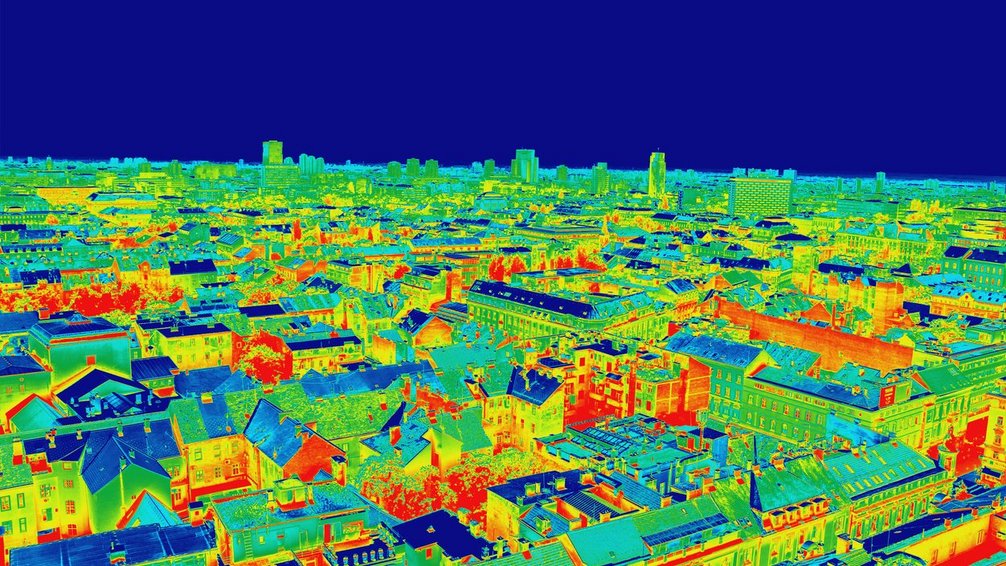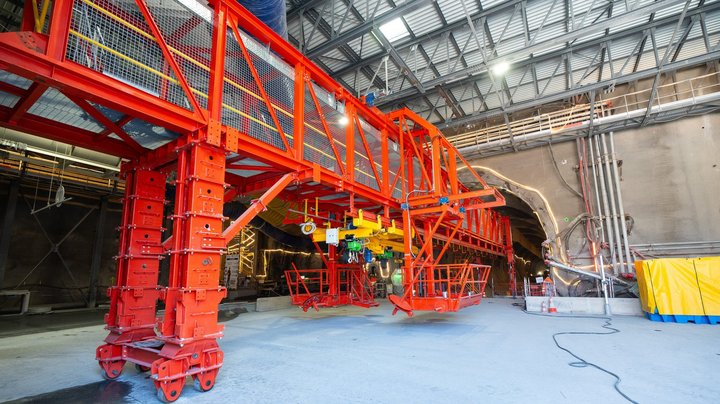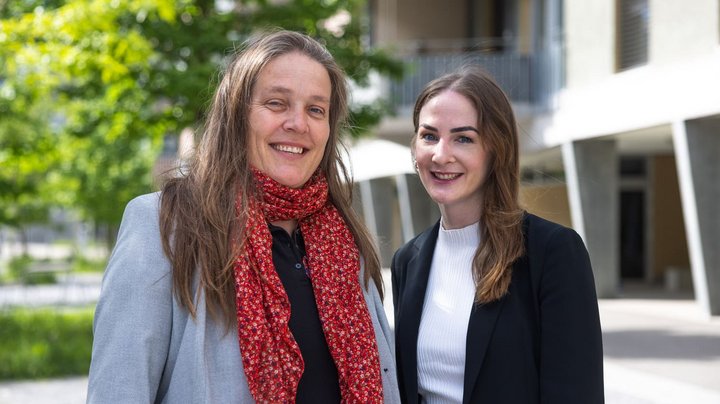Building for heat waves

What makes buildings climate resilient?
Sebastian Boschert: Climate-resilient buildings are planned, constructed or renovated in such a way that they can cope with the consequences of climate change - such as heat, heavy rainfall or flooding - and at the same time withstand future legal requirements and market demands. This is ideally achieved through a holistic approach that covers all seasons and aims for high energy efficiency during construction as well as in long-term operation. From a structural point of view, it is best to use resistant and sustainable materials that are not easily damaged by heat, moisture, storms or frost. Another important factor is the placement and orientation of buildings to avoid heat islands.

Why is it so important for homeowners to prepare buildings for periods of heat?
Cinzia Battaglia: For homeowners, heat protection is a necessary investment - in the comfort and safety of users as well as in the long-term value of the property. Overheated interiors during prolonged periods of heat impair well-being and can endanger health, especially for older people, children and people with health problems. Accordingly, buildings that are comfortable to live in even in hot weather are more in demand on the market and therefore also more stable in value.
How can new buildings be planned to be climate-resilient?
Sebastian Boschert: A well-designed building envelope is particularly important when it comes to cooling buildings. External shading and the avoidance of heat islands in the surrounding area to improve the microclimate also help to prevent the building from overheating in summer. In the case of sites, this can even lead to the strategic positioning and alignment of buildings in order to make use of natural air currents. For this to succeed, the various planning and construction units, owners and future users must work closely together from the outset.
What special expertise is required for climate-resilient construction?
Cinzia Battaglia: Natural and sustainable materials are a key element. We need to be open to new, innovative technologies that can positively shape the future. But there are also tried and tested materials that were frequently used in earlier centuries, such as clay. This traditional knowledge needs to be rediscovered today and combined with modern planning methods. In order for such materials to be used effectively, a close network with manufacturers and suppliers who offer high-quality, climate-adapted natural building materials is required. At the same time, architects need to integrate these building materials into their planning at an early stage and make targeted use of their properties in design and construction. Only through close cooperation between manufacturers of natural materials and creative planners can buildings be created that are truly sustainable in terms of both ecology and climate - and at the same time offer maximum comfort.

How can existing properties be upgraded in terms of air conditioning?
Sebastian Boschert: The building envelope can be insulated by replacing windows, installing external thermal insulation and installing a new roof structure. In most cases, the building technology is also renewed in this context in order to create a suitable energy balance for the renovated building and reduce operating costs. A holistic approach also applies here. After a detailed analysis of the property, it is determined which measures make the most ecological and economic sense.
Which measures work for listed properties?
If it is not possible to renovate the building envelope because it is a listed building, it is also possible to insulate the inside of the building. This requires close support from building physics specialists during planning and implementation in order to achieve the optimum result. The consideration here should also include the use phase and it should be carefully weighed up how long the property will be used.
What climate-resistant buildings achieve
- Heat protection measures such as shading or good insulation permanently reduce electricity costs
- Buildings that are designed to withstand heavy rainfall (e.g. through clever planning of water circuits) are more resilient and avoid costs for repairs and interruptions to use
- Buildings that are planned today for the requirements of tomorrow require less cost-intensive retrofitting
- Buildings with good thermal comfort remain attractive for users
What economic benefits do heat-resistant properties offer?
Cinzia Battaglia: Climate resilience not only protects people and infrastructure, but also the economic value of a property. Climate-resilient buildings are a response to the risk of "stranded assets", assets that lose value or are completely devalued - for example due to regulatory changes, technological developments or climate change. In the building sector, this can mean A building loses market value or is no longer economically viable because it does not meet the increasing requirements for energy efficiency, climate adaptation or sustainability.
So the heat is forcing property owners to rethink?
Absolutely. Our traditional way of investing in and valuing buildings is often still based on short-term benchmarks: How high are the construction costs? How quickly will the investment pay for itself? Climate-resilient measures such as the installation of high-quality insulation, heat protection, robust materials or sustainable rainwater management quickly appear too expensive. In view of climate change and the increasing demands on buildings, a rethink is needed here. What is needed is a new perspective on economic efficiency - one that focuses on the entire life cycle of a building. After all, buildings not only generate costs during the construction phase, but also over decades through energy consumption, maintenance, servicing, repairs and conversions. Those who only look at the price at the time of completion often overlook the long-term savings that are possible through sophisticated climate-adapted planning.
Sebastian Borschert: To summarize: when planning and building, attention should not only be paid to short-term savings, but also to long-term operating costs. If, at the same time, the risks of climate impacts are incorporated into planning at an early stage and the robustness and adaptability of buildings are specifically used as an economic advantage, we are on the way to sustainable buildings.
Encira
Encira is a business unit of Implenia's Service Solutions division that specializes in innovative energy solutions. The team specializes in the areas of building physics, acoustics, sustainability and energy and offers comprehensive services in the field of sustainable optimization of real estate, services for building permits (noise reports, etc.), energy consulting and support in applying for subsidies. The aim is to work with customers to reduce their energy consumption and ecological footprint in the long term.



